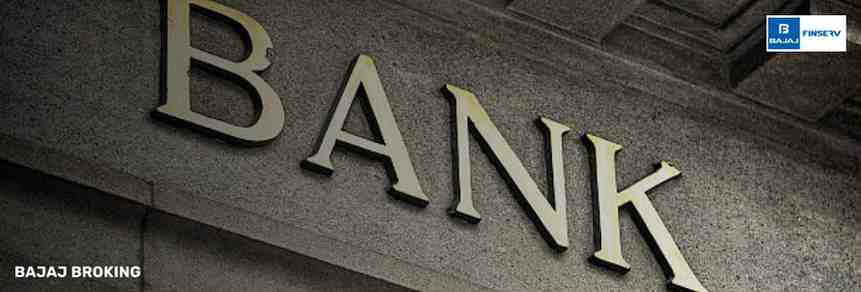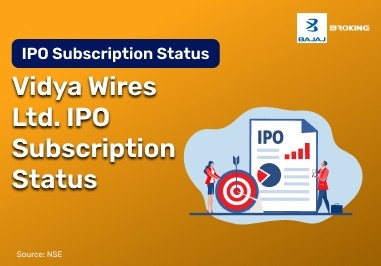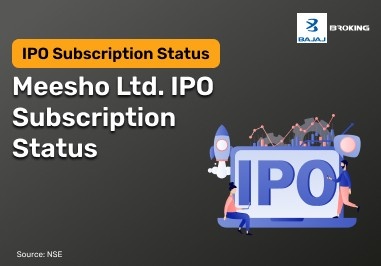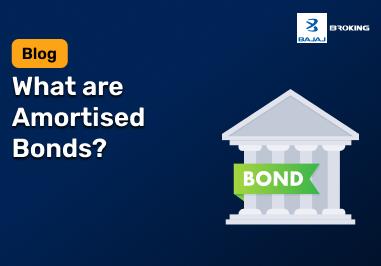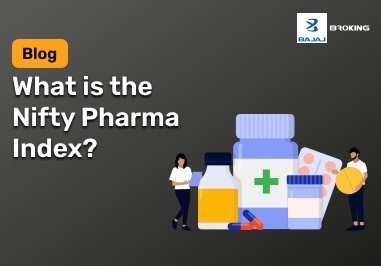In India, several private sector banks are performing quite well. Among these, ICICI Bank and HDFC Bank are two popular names. These two banks play a crucial role in the overall banking sector and financial ecosystem of India. With a vast customer base, branches nationwide, comprehensive financial services, and a strong presence, ICICI Bank and HDFC Bank are performing well and have established themselves as robust financial institutions.
ICICI Bank, with its legacy of innovation and digital-first approach, has rapidly transformed into a tech-driven institution focused on expanding its retail footprint and enhancing customer experience. Meanwhile, HDFC Bank is widely regarded for its robust asset quality, conservative risk management, and consistent financial performance over the years.
These two prominent private sector banks in India often compete with each other across various segments, including investment, savings, and digital services. Comparing these two banks can provide exciting insights into their strategic differences, weaknesses, and strengths. In this guide, we will explore all about these two prominent banks and learn about their differences. Doing so may help you make informed decisions regarding your personal financial choices.
Overview of ICICI Bank
India's second-largest private-sector lender, ICICI Bank, has been on a high-growth path. It reported a standalone net profit of ₹12,630 crore for the quarter ended March 31, 2025, a 18% year-over-year (YoY) growth, propelled by strong loan growth (13.9%) and deposit growth (14%). Net interest income grew 11% to ₹21,193 crore, with net interest margin rising to 4.41%.
Its financial resilience is supported by sound asset quality: gross NPA decreased to 1.67%, and net NPA also improved. Capital adequacy is robust, with a sound Tier 1 ratio and conservative provisions in the fourth quarter.
On the operating side, the net interest margin of 4.41% in Q4 and 4.32% for FY25, along with a CASA ratio of 38.4%, demonstrates even growth in low-cost funds. Non-interest income, spearheaded by fee collection, also increased robustly.
Market sentiment has reacted favorably. ICICI Bank share price touched a 52-week high in May 2025. Reuters reports its performance topped expectations and boosted investor confidence. In summary, ICICI Bank demonstrates robust profitability, judicious capital management, enhanced asset quality, and stable growth momentum.
Source: Livemint, Economic Times, Reuters
Overview of HDFC Bank
HDFC Bank, India's largest private-sector bank in terms of market capitalisation, again exhibited financial resilience and operating sophistication. In Q4 FY25, the bank reported consolidated net revenue of ₹732.8 billion and a profit after tax of ₹188.3 billion, with an adjusted profit after tax (PAT) reflecting 10% year-over-year (YoY) growth. On a standalone basis, net interest income increased 10.3% year-over-year (YoY) to ₹320.7 billion; core net interest margin (NIM) was between 3.46% and 3.65%.
Asset quality has improved: the gross NPA ratio dipped to 1.33% as of March 2025 (from 1.42%), and the net NPA ratio stands at 0.43%.
The loan-to-deposit ratio remained high at 96.5%, though the bank has a target to lower it to 85–90% by FY27.
Deposits rose ~5.9% to ₹27.15 trillion, advances up ~4% sequentially and ~7.3% YoY.
HDFC Bank's market metrics reflect sturdy confidence: price-to-earnings of ~21.8x and CAR at 17.4%. During its merger integration, loan growth is expected to remain resilient. Even amidst periodic stock volatility, e.g., recent declines in HDFC Bank share price, recent quarterly results sparked rallies, thereby enhancing investor confidence.
Overall, HDFC Bank offers a well-capitalised, profitable, and efficient profile with high margin strength, strengthening asset quality, and a clear strategy for balance-sheet optimisation.
Source: Livemint, Economic Times, Reuters
Conclusion
ICICI Bank and HDFC Bank are two cornerstones of India's private banking industry, both reflecting financial stability, sound customer bases, and a wide range of services. ICICI Bank has made considerable progress in digital transformation, asset quality enhancement, and achieving stable profitability, which has given it a forward-looking and nimble character.
Conversely, HDFC Bank stays ahead with its prudent lending philosophy, high asset quality, and sound financial history even in the face of mega-mergers and economic shifts.
Although both banks offer a range of banking services, including savings, loans, and investment products, their business strategies, customer touch, and digitalisation differentiate them. ICICI appeals to digitally advanced users who seek innovation and convenience in banking, while HDFC is relied upon for safety, solid fundamentals, and long-term planning.
Ultimately, the choice between ICICI and HDFC depends on one's priorities—whether it is being a cutting-edge digital tool, emphasising growth, or adopting a stable, service-oriented, and risk-averse financial approach.
Disclaimer: This article is for informational purposes only and does not constitute investment advice. Bajaj Broking Financial Services Ltd. (BFSL) makes no recommendations to buy or sell securities.
